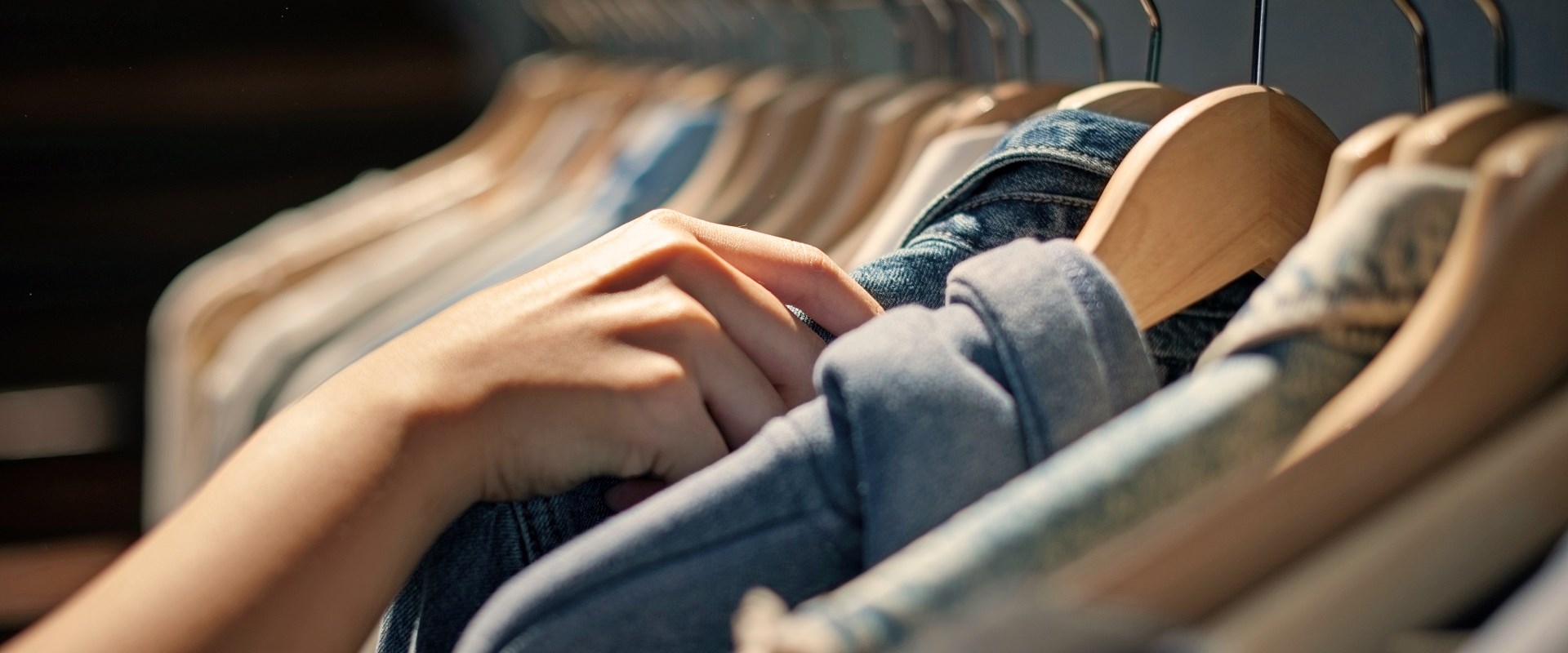Sustainability has long been critical in the fashion industry, with the ‘fast fashion’ epidemic and issues of greenwashing diluting endeavours to approve fashion’s impact on the world. The EU has also introduced sustainable textiles initiatives. So, what are fashion brands doing to pave the way for a more sustainable future?
In this four-part Sustainability Series, we explore what the EU and fashion brands are doing to address sustainability, including through strategies and utilising innovative fabrics and manufacturing processes.
The global sustainability crisis is now widely acknowledged in the fashion industry. The fashion industry is responsible for producing significant amounts of waste, which has worsened with the rise of ‘fast fashion’, where brands replicate and mass-produce in-season trends quickly and cheaply, at a cost to the environment.
The EU has introduced sustainability efforts through its Strategy for Sustainable and Circular Textiles1, as well as a proposed directive called the Extended Producer Responsibility (EPR) policy2. The EPR requires textiles businesses to take responsibility for their own waste throughout the production lifecycle.
Against this backdrop, fashion brands, from start-ups to household names, are working towards a more sustainable future. This includes through both using alternative materials which are readily available (such as organic cotton) or using innovative technologies to produce new materials or methods of manufacture.
Whilst Gen Z are the core demographic for fast fashion, they are also plagued with eco-anxiety. Gen Z’s anxiety to make sustainable choices is now also seeping into their clothing choices, with an attitude shift towards buying either “sustainable” clothing, or otherwise through the second-hand clothing market.
Some brands are simply making more “conscious” choices, by either using recycled materials or materials which are obtained in a way which has a less harmful effect on the environment. For example, organic materials, such as organic cotton, are being widely used. Some businesses have built their brand around being organic, particularly in the baby clothing market, such as MORI, Frugi and Turtledove.
Brands are responding to the climate emergency (or at least market pressures from Gen Z). Many established fashion brands, including the most elite luxury brands, have “sustainability” sections on their website, indicating their willingness to respond to the crisis. Some brands are considering the sustainability of their digital services, which is increasingly important in the e-commerce age. Luxury French fashion house Chanel has a team of 15 people dedicated to working on reducing emissions and carbon footprint caused by Chanel’s digital services.3 Given that luxury brands, including Chanel, at first demonstrated reluctance to embrace “digital” in order to protect their cachet, this attitude shift is significant.
Some brands have taken this a step further and developed innovative techniques in their sustainability efforts, both in the materials and the processes (discussed in part 1 of the Sustainability Series) and techniques (discussed in part 2).
Transforming Textiles, a Swedish fashion tech company founded by entrepreneur Sara Rosberg, has recently launched its revolutionary yarn-thread technology, Sense-Tex. Sense-Tex, which has sustainability at its heart, is a fabric made of five fibres (ramie, soybean, SeaCell (algae), silver and Smartcel (zinc)) which can, amongst other things, detect diseases. Launched in November 2023, Sense-Tex has wide applications spanning a range of industries, from life-critical healthcare, space and aviation to ready-to-wear fashion and textiles. Transforming Textiles’ solution enables mechanical fiber-to-fiber recycling on a mass scale. Further, Sense-Tex can be completely recycled by being mechanically un-spun and separated.
Another example of a textile business utilising innovative fabric is Ananas Anam. Founded in 2013, Ananas Anam utilises wasted pineapple elements to make textiles. One of its products, Piñatex, is a patented alternative to leather formed from a mesh of pineapple leaf fibres from the Philippines, which would otherwise go to waste. Not only does Piñatex repurpose the waste pineapple leaves, but the company has also helped to generate additional income for the pineapple farmers in the Philippines. Piñatex is used by almost 3000 brands in 80 countries, including Hugo Boss and H&M.
Although there is still some way to go to achieving a fully sustainable fashion industry, the pace of innovation in this area is extremely fast and shows no signs of slowing down. Any companies innovating in this area must ensure that their IP is suitably captured and protected as early as possible.
The Sustainability Series is a four-part series exploring what fashion brands and the EU are doing to address the critical issue of sustainability in the fashion industry.






